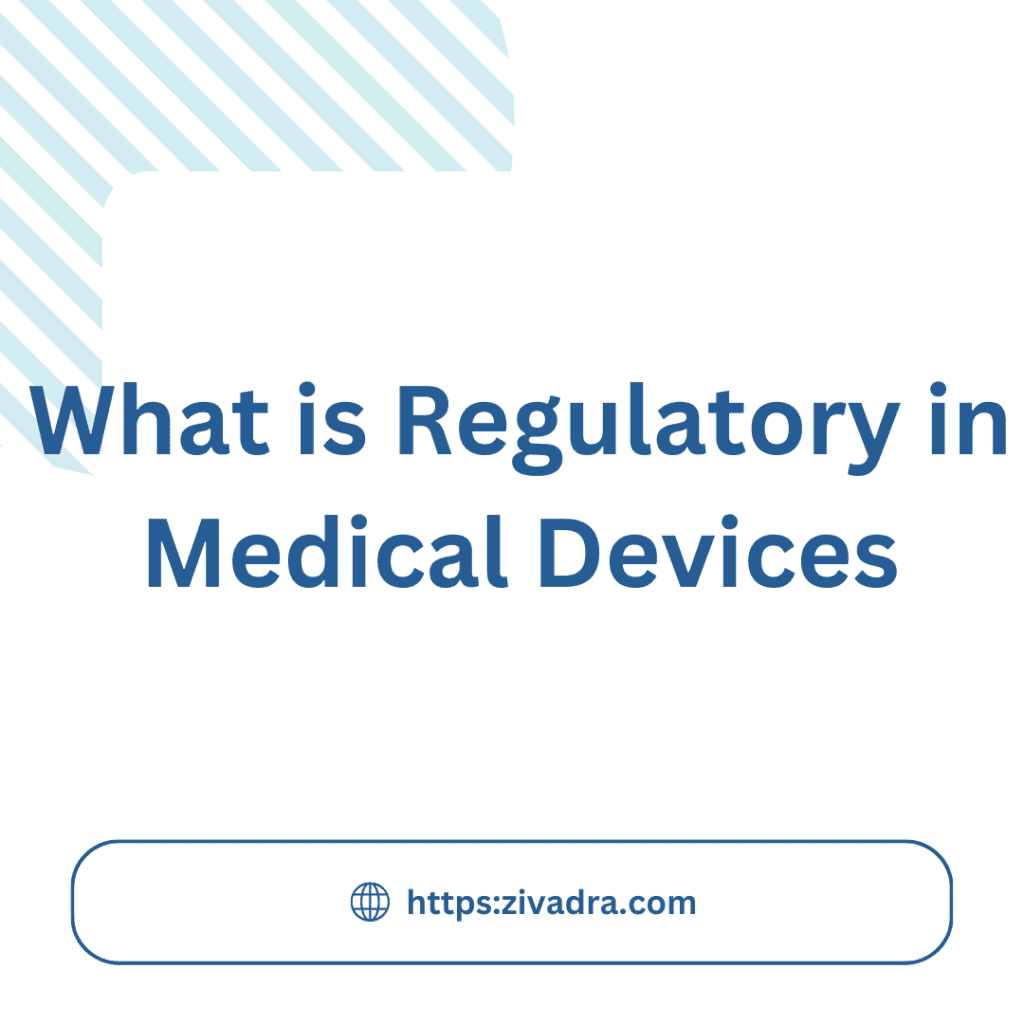Exploring the Impact of Social Media on Regulatory Affairs
Exploring the Impact of Social Media on Regulatory Affairs
Blog Article

In recent years, social media has emerged as a powerful tool that shapes communications across various sectors, including regulatory affairs. With the increasing reliance on digital platforms for information dissemination, the dynamics of regulatory processes have evolved. Stakeholders, including regulatory bodies, industry professionals, and the public, are finding themselves navigating an environment where information flows freely and instantaneously. This shift raises important questions about how social media impacts regulatory practices and public perception.
As regulatory affairs professionals adapt to this changing landscape, understanding the implications of social media becomes crucial. The speed at which information spreads can lead to rapid shifts in public opinion and can influence regulatory decisions. Moreover, social media provides a platform for dialogue between regulators, industry players, and the general public, promoting transparency and real-time engagement. This article will explore the transformative effect of social media on regulatory affairs, highlighting both the challenges and opportunities that arise in this interconnected environment.
The Role of Social Media in Regulatory Communication
Regulatory Affairs Course
Social media has rapidly transformed the landscape of communication in various industries, including regulatory affairs. Regulatory bodies are beginning to recognize the potential of social media as a tool for disseminating information, engaging with stakeholders, and fostering transparency. By utilizing platforms such as Twitter, LinkedIn, and Facebook, regulators can reach a wider audience and provide timely updates on regulations, compliance requirements, and industry standards.
The interactive nature of social media allows for two-way communication between regulators and the public. Stakeholders can voice their concerns, ask questions, and provide feedback directly to regulatory agencies. This engagement not only enhances the visibility of regulatory efforts but also builds trust and credibility. Regulators can gauge public sentiment and adjust their communication strategies to address the needs and priorities of the community they serve.
Furthermore, social media serves as a valuable resource for regulatory affairs professionals to stay informed about emerging trends, industry developments, and the opinions of key stakeholders. By following relevant conversations and influencers, regulatory professionals can enhance their understanding of the evolving landscape, allowing them to make more informed decisions. Overall, social media is reshaping the way regulatory affairs is conducted, fostering a more connected and responsive regulatory environment.
Challenges Faced by Regulatory Affairs in the Social Media Era
The rapid evolution of social media platforms has created significant challenges for regulatory affairs professionals. One of the primary issues is the swift dissemination of information, which can outpace traditional regulatory processes. This speed can lead to misinformation or unverified content being shared widely before regulatory bodies can respond or provide clarity. As a result, regulatory affairs teams must be proactive in monitoring social media channels to address potential inaccuracies and ensure that information related to their products or services is accurately represented.
Another challenge lies in the complexity of regulations governing social media communications. Different regions and countries have various laws regarding advertising, communications, and data privacy. Navigating this regulatory landscape requires vigilance and a robust understanding of legal guidelines, as non-compliance can lead to significant consequences. For regulatory affairs teams, balancing compliance with the need for engaging social media strategies results in a delicate tightrope walk that requires continuous education and adaptation.
Furthermore, the interaction between consumers and brands on social media platforms poses risks related to product claims and safety communications. User-generated content, such as reviews and testimonials, can influence public perception and regulatory scrutiny. Regulatory affairs must ensure that their organizations are not inadvertently endorsing or promoting claims that may not be substantiated, as this could lead to increased investigations or regulatory actions. The challenge is to foster an open dialogue with consumers while maintaining adherence to regulatory standards, which can be a formidable task in the fast-paced social media environment.
Future Trends in Social Media and Regulatory Compliance
As social media continues to evolve, its impact on regulatory compliance is set to deepen. Regulatory bodies are increasingly acknowledging the role of social media in disseminating information and influencing public perception. This recognition may lead to more structured guidelines and standards governing how organizations communicate on these platforms. Companies in regulatory affairs must stay ahead of these evolving regulations to ensure compliance and maintain their reputation in the market.
In the near future, we can expect advancements in technology to aid in monitoring social media compliance. Artificial intelligence and machine learning will likely play crucial roles in identifying potential risks and ensuring that organizations adhere to regulatory standards. These tools will enable regulatory affairs professionals to analyze vast amounts of social media data, offering insights into trends and compliance challenges that need immediate attention. Proactive management of social media content will become essential for avoiding regulatory pitfalls.
Furthermore, as public trust becomes increasingly tied to online engagement, organizations will need to adopt a more transparent approach in their social media communications. This shift will require teams in regulatory affairs to collaborate closely with marketing and communications departments to craft messages that are not only compliant but also resonate with audiences. Fostering an environment of openness and accountability on social media platforms will be critical in navigating the complex landscape of regulatory obligations and consumer expectations.
Report this page